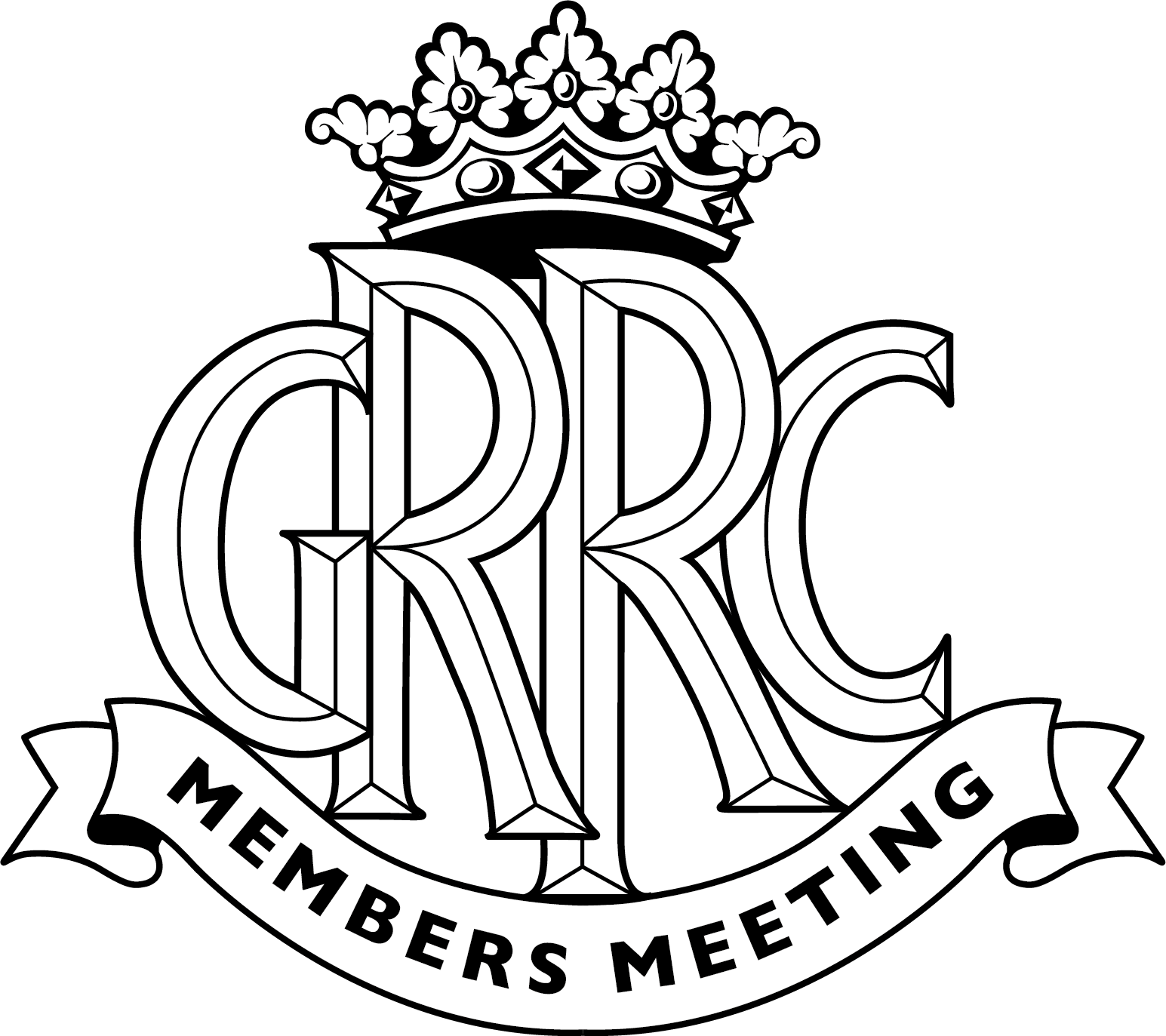Alloy Wheels Turn 100! | Axon’s Automotive Anorak
130 years of Mercedes-Benz in motor racing, 100 years of MG, 90 years of the Bugatti Type 57, 75 years of Grand Prix motorcycle racing, 70 years of beach cars, 25 years of the Pagani Zonda, plus many other automotive anniversaries to look forward to, will all be celebrated at next week’s Goodwood Festival of Speed presented by Mastercard.

One significant motoring anniversary that won’t be majored on specifically at the Festival of Speed though, is the centenary of the launch of the first alloy road wheel, this originally appearing in 1924 on the fabled Bugatti Type 35. The Type 35 wore an attractive and simple cast alloy eight-spoke pattern that Ettore Bugatti pioneered as a different wheel solution as his T35 cast alloys quickly proved to be lighter and stiffer than the wooden or wire wheels that were traditional up to 1924. His cast aluminium wheels were made in-house at Molsheim, initially with integral brake drums and later, removable alloy rims.
Bugatti remained faithful to his innovative alloy wheel, soon fittings alloys to the majority of his cars, both for competition and road use. These included notable alloy-shod models like the noble Type 41 Royale – which was equipped with dazzling chromed 24 inch ‘Roue Royale’ wheels, cast with the brake drums in huge one piece, and the rakish Type 57, the more formal Type 46 and T50, which used smaller Roue Royale-style alloys. Complex but enticing ribbed wheels were used on the four-wheel-drive Type 53 Grand Prix racer.
Whilst Bugatti’s pre-war competitors graduated away from wooden wheels, they all remained loyal to wire wheels. Even post-war, it took a while for the advantage of alloy wheels to catch on, with far-sighted small motor racing concerns such as the Cooper Car Company being among the first to fit lightweight alloys to its competition car, like the groundbreaking mid-engined Cooper 500 Formula Junior racer. For road-going cars however, the fitment of alloy wheels took a surprisingly long time to become available and standardised – at least 40 years after the Bugatti Type 35 was introduced.

The prestigious and exotic Italian sports car marques were among the first to make alloys available, usually as an expensive extra-cost option, whilst alloys became more commonplace in motor racing throughout the 1960s, as did ‘go faster’ lightweight aftermarket road alloys, such as the iconic Minilite and Fuchs accessory wheels.
Taking Ferrari as an example, Maranello fitted alloys to most of its competition cars, but the first Ferrari road car to wear alloy wheels was the 275 GTB, presented by Pininfarina on a show car at the 1965 IAA Frankfurt Motor Show. Veined with 10 square holes on a wide rim, these alloys were still fitted with traditional chromed knock-off spinners, as found on many sports cars shod with wire wheels. Borrani wires were still the standard-fit wheels for the Ferrari 275s however, with the lucky wealthy customer having to specify the alloy wheel option.
By the very late 1960s, the majority of Ferrari 330GTC models were fitted with alloys, though 1967’s new range-topping 365GT 2+2 was equipped for the first time as standard alloy rims (Borrani wires remaining a no-cost option), sharing the same 10-hole veined wheels as first shown on the 1965 275GTB show car. The 1968 365 GTB/4 (a.k.a. Daytona) debuted the classic Pininfarina-styled five-spoke alloy (produced by Speedline) that became the ‘regular’ standard wheel design for countless Ferrari models onward, often in subtly updated and modified forms (as per the 1980s 288 GTO, Testarossa, F40 and so on…)
By the 1970s, the brief fad for ‘Rostyle’ fake alloy press-on hubcaps quickly passed as the fitment of alloy wheels had become more commonplace. Alloys were often fitted (usually still at extra cost) to either the most expensive top-of-the-range models, such as the Ford Granada Ghia) or sporting derivatives, like the Triumph Dolomite Sprint of 1973 – this being the very first British-produced car fitted with alloy wheels as standard equipment.

In the 1980s, standard alloy wheels became much more prolific and taken for granted on costlier ‘image’ models, such as the Audi quattro, Ford Escort XR3, MG Metro, and all low-volume exotica, from Ferrari to Lamborghini and others. The 90s saw standardised alloys cascade further through the mainstream car manufacturer ranks, so that by the opening of the 21st century, alloy wheels had virtually become the norm, banishing the ugly old plastic wheel trims that used to fly off at speed to the curbs and hedgerows of the countryside. It is now difficult to find a new car model that isn’t equipped as standard with alloy wheels!
Way back in February 2017, I wrote an Anorak highlighting my then personal favourite production car alloy wheel designs of all time.
These included the Renault 5 Alpine/Gordini ‘Computer Disc wheel (which I’ve subsequently discovered were created by gifted British designer Peter Stevens of McLaren F1 fame), the Alfa Romeo 105-Series GTA (later revived and used in updated form on various other Alfas), the special VW Golf GTI ‘Campaign’ P alloy, and the magnesium Citroen SM wheel, among others, all of which I still rate very highly.
To quickly update this list now though, I would also add the more recent alloy designs such as white limited-edition Audi A1 quattro ‘turbine’ alloys, Mercedes-Benz McLaren SLR OZ-made ‘propeller’, Alfa Romeo’s 8C and Zender-designed SZ alloys. Also on the updated list would be
the original Minilite-inspired Mazda MX-5 ‘Daisy’, the Isuzu 117/Piazza Giugiaro-created multi-square hole, and classic Saab 900 T16 S three-spoke and 9-5 ‘Nail’ alloys that I stupidly omitted to mention from my list seven years ago.
That centenarian eight-spoke Bugatti Type 35 alloy still takes some beating though!
Images courtesy of Motorsport Images.
Road
News
Axon's Automotive Anorak
Alloy wheels
Bugatti
Type 35
































































